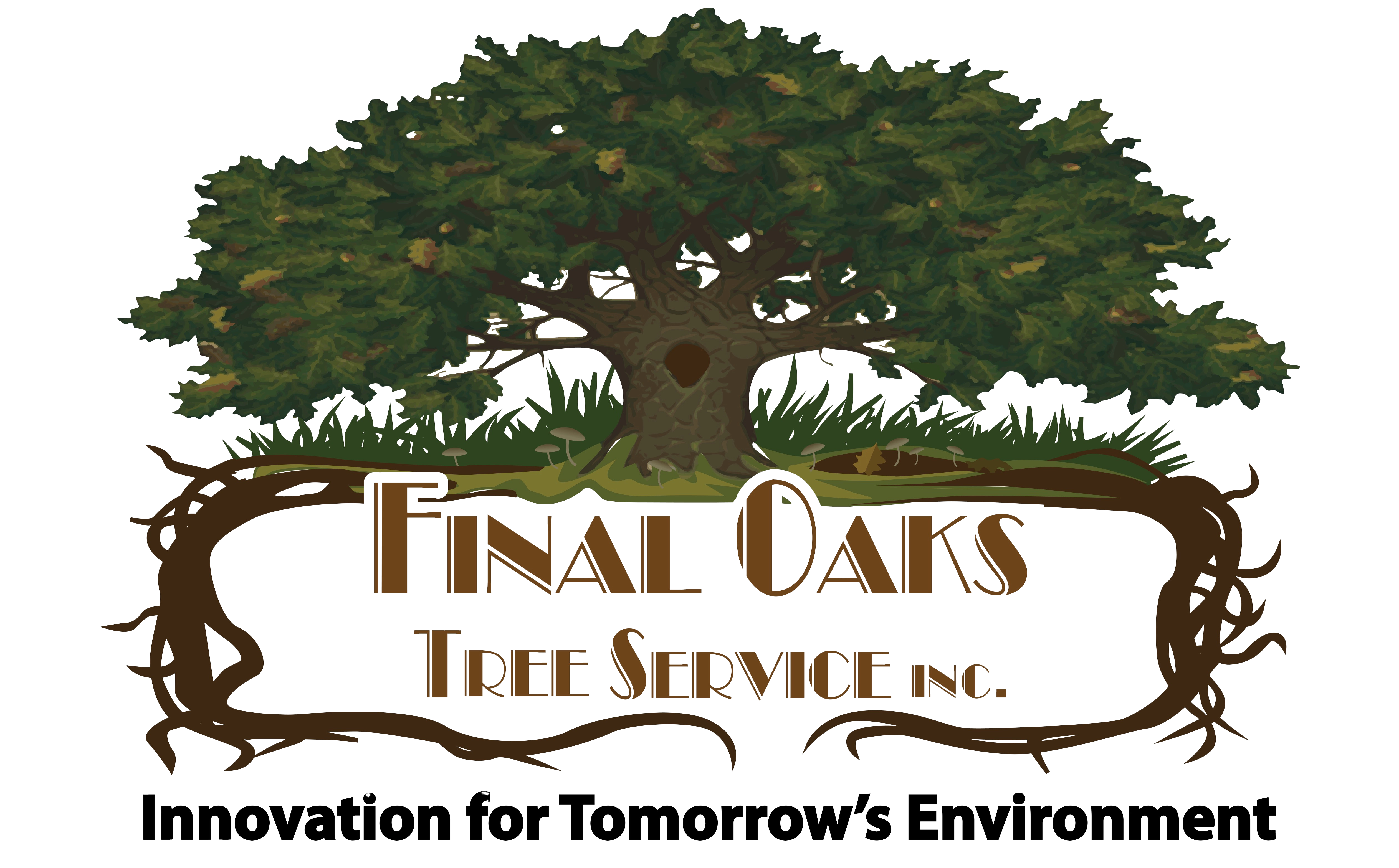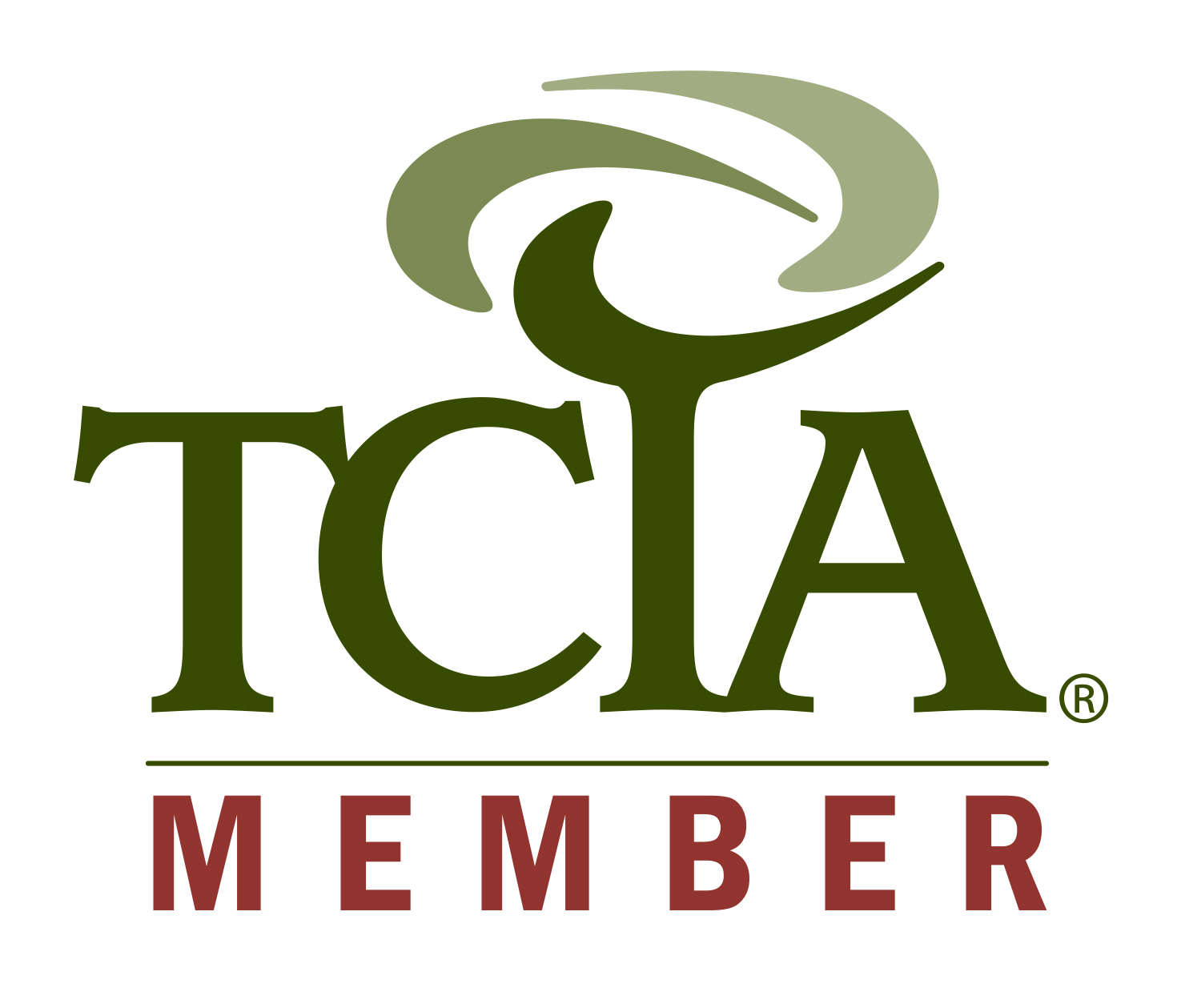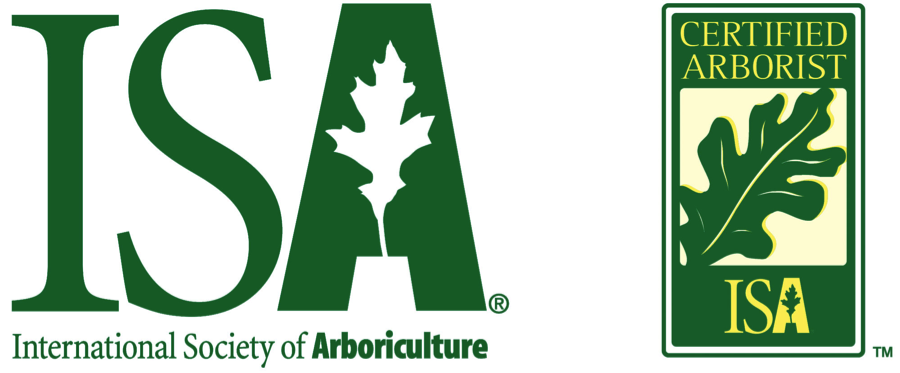To prepare for stump removal, clear the area around the stump and mark underground utilities.

Start by removing any rocks, plants, or debris near the stump. This gives workers room to use their equipment.
You may need to trim nearby plants or move potted ones. Next, call your local utility company to mark underground pipes and wires. This step keeps everyone safe during the removal process.
Decide what you want to do with the area after the stump is gone. You might fill the hole with soil for planting grass or flowers. Or you could use wood chips from the ground-up stump as mulch.
Planning ahead helps you get the most out of your newly cleared space.
Assessing Your Yard for Stump Removal

Before removing a tree stump, you need to check your yard and the stump itself. This helps you pick the best way to get rid of it and avoid problems.
Identifying Tree Stump Characteristics
Look at the stump’s size and age. Measure its width and height above ground. Check how deep the roots might go.
Older stumps are often easier to remove as they’ve started to decay. Fresh stumps can be tougher to take out.
Note the tree type if you can. Some trees, like oaks, have deep roots that make stump removal more challenging.
Evaluating the Surrounding Area
Check the space around the stump. Look for:
- Buildings or structures nearby
- Other plants or trees
- Underground pipes or wires
- Paved areas like driveways or patios
Make sure you have room to work and bring in any needed tools. Clear away small plants, rocks, or debris near the stump.
Think about how stump removal might affect nearby plants or structures. You may need to protect them during the process.
Determining the Removal Method
Based on your stump and yard assessment, pick a removal method. Common options include:
- Grinding
- Chemical removal
- Manual removal
- Burning
For big stumps or those with deep roots, grinding often works best. Small stumps might be easier to dig out by hand.
If the stump is near buildings or plants, choose a method that won’t cause damage. Chemical removal can be good for stumps in tight spots.
Your yard’s soil type also matters. Sandy soil makes digging easier, while clay can be tougher to work with.
Consider your budget when picking a method. Some ways cost more but work faster. Others are cheaper but take more time and effort.
Preparation Steps for Stump Removal
Getting ready for stump removal requires careful planning and safety measures. Here are the key steps to prepare your yard for this task.
Clearing Debris and Obstacles
Start by removing any objects around the stump. Clear away rocks, plants, and garden decorations. Trim back nearby bushes or low-hanging branches that might get in the way.
Use a rake to gather leaves and twigs from the area. This helps you see the ground clearly and avoid tripping hazards.
Check for underground utilities. Call your local utility companies to mark any buried lines. This step is crucial to avoid damaging pipes or cables during removal.
Measure the stump’s width and note its location. This info helps you choose the right equipment or inform a removal service.
Securing the Work Area
Put on your safety gear. Wear sturdy boots, gloves, safety glasses, and ear protection if using power tools.
Set up safety barriers around the work zone. Use caution tape or cones to keep people and pets away.
Prepare your tools. You might need:
- Chainsaw
- Shovel
- Axe
- Stump grinder (if doing it yourself)
If hiring a professional service, clear a path for their equipment. They may need to bring in large machines.
Make sure you have a plan for the removed stump and wood chips. Decide if you’ll use them for mulch or arrange for disposal.
Selecting the Right Stump Removal Method
Choosing the best stump removal method depends on factors like stump size, location, and your budget. Each technique has pros and cons to consider.
Manual Removal Options
Manual removal works well for small stumps. You’ll need tools like a shovel, axe, and mattock.
Start by digging around the stump to expose roots. Cut larger roots with an axe or saw. For tough stumps, use a chain and vehicle to pull it out.
This method is cheap but labor-intensive. It works best on stumps under 10 inches wide. Larger stumps may need extra equipment like a stump puller.
Manual removal lets you clear the stump completely. But it can damage your lawn and leave a big hole to fill.
Chemical Removal Techniques
Chemical removal uses substances to speed up decay.
Drill holes in the stump and fill with potassium nitrate or Epsom salt. Cover with a tarp to keep moisture in.
This method is cheap and easy. But it’s slow, taking months or years to work. It’s best for stumps in spots where looks don’t matter.
Chemical removal won’t damage your yard. But it leaves the roots in place. New shoots may sprout from the remains.
Stump Grinding Procedures
Stump grinding uses a machine to chip away the stump. You can rent a grinder or hire a pro.
Start by clearing the area of rocks and debris. Then, lower the grinder onto the stump and move it back and forth.
Grinding works fast on stumps of any size. It removes the visible stump but leaves the roots. You’ll need to fill the hole with soil and replant grass.
This method balances speed and cost. It’s less work than manual removal but pricier. Grinders can damage nearby plants or underground pipes if you’re not careful.
Hiring Professional Stump Removers
Professional stump removal is often the fastest and easiest option.
Pros have powerful equipment to handle any stump. They can grind stumps, use chemicals, or dig them out.
Hiring a pro costs more but saves time and effort. They can remove multiple stumps quickly. Pros also know how to avoid damaging your yard or utilities.
Get quotes from several companies before choosing. Ask about their methods and cleanup process. Make sure they’re insured in case of accidents.
Safety Measures for DIY Stump Removal

Removing a stump yourself can be risky. Taking the right safety steps is key to avoid getting hurt. Use the right gear and handle tools with care.
Personal Protective Equipment
Put on safety gear before you start.
Wear sturdy work gloves to protect your hands from splinters and blisters.
Safety glasses shield your eyes from flying wood chips and debris. A hard hat guards your head from falling branches.
Steel-toed boots keep your feet safe if you drop heavy tools. Wear long pants and a long-sleeved shirt to cover your skin.
Use ear plugs if you’re working with loud power tools. A dust mask stops you from breathing in wood dust and fumes.
Safe Operation of Tools and Equipment
Choose the right tools for the job. Make sure all tools are in good shape before you start. Read the manual for any power tools you plan to use.
Keep your work area clear of trip hazards. Ask others to stay back while you work. Don’t use power tools in wet conditions to avoid electric shock.
When using a chainsaw, keep a firm grip with both hands. Stand with your feet apart for balance. Cut at waist level or below. Take breaks to avoid fatigue.
For stump grinders, wear steel-toed boots. Keep both hands on the controls. Don’t try to rush the process. Let the machine do the work at its own pace.
Executing the Stump Removal Process
Removing a tree stump takes effort and planning. You have several options to get rid of that stubborn stump in your yard. Each method has its pros and cons.
Manual Digging and Cutting
To remove a stump by hand, you’ll need some tools and muscle power.
Grab a shovel, axe, and chainsaw. Start by digging around the stump to expose the roots. Cut the smaller roots with your axe. For bigger roots, use the chainsaw.
Keep digging and cutting until you’ve loosened the stump. You may need to rock it back and forth to break more roots. Once it’s loose, pull it out. This method works best for smaller stumps.
It’s hard work but costs little. You control the whole process. Be careful with tools and wear safety gear.
Applying Chemicals for Stump Removal
Chemical stump removers can make the job easier. They speed up the natural decay process.
First, drill holes in the top and sides of the stump. Then, pour the chemical into these holes.
Most removers contain potassium nitrate. This helps the wood absorb water and rot faster. It may take several weeks or months to work fully. The stump will become spongy and easy to break apart.
You can also try pouring kerosene into the holes. Let it soak in, then set the stump on fire.
This method can be dangerous and might not be legal in your area. Make sure to check local laws first.
Another option is using boiling water. Pour it over the stump and roots several times. This can kill the roots and speed up decay.
Mechanical Stump Grinding
Stump grinders are powerful machines that chew up stumps. You can rent one or hire a pro.
The grinder has a rotating blade that chips away the wood. It grinds the stump down below ground level.
Put on safety gear before starting. Clear the area of rocks and debris.
Then, guide the grinder across the stump surface. Work in a back-and-forth pattern. Grind about 4 inches below soil level.
This method is fast and effective. It works on stumps of all sizes. But the machine can be tricky to use if you’re not experienced.
Disposal of Stump Remains
After removing the stump, you’ll have leftover wood chips or pieces. You can use these in your yard. Spread them as mulch in garden beds. They’ll break down over time and add nutrients to the soil.
If you don’t want to use the chips, check local rules for disposal. Some areas allow you to put them in yard waste bins. Others may require you to take them to a disposal site.
Fill the hole left by the stump with soil. Add grass seed or sod if needed. Water the area to help settle the soil. Keep an eye out for any new sprouts from leftover roots.
Aftercare and Yard Restoration
After stump removal, you need to fill the space and fix up your yard. This helps prevent issues and makes your lawn look nice again.
Filling the Vacated Space
Once the stump is gone, you’ll have a hole in your yard. Fill it with topsoil to level the area.
Pack the soil down firmly to prevent settling later. Add a bit extra, as it will sink over time.
For large tree stumps, you might need a lot of soil. Consider mixing in compost to boost nutrients for new plants.
Water the filled area to help it settle. Check it after a few days and add more soil if needed.
If you spot any leftover roots, dig them out. This stops new sprouts from popping up later.
Restoring the Landscaping
Now it’s time to make your yard look good again. You can plant grass seed or lay sod over the filled area. Make sure to water it often to help it grow.
If you don’t want grass, think about adding new plants or flowers. Choose plants that fit your yard’s sun and soil type. Also, mulch around new plants to keep moisture in and weeds out.
For old tree stumps near your house, check for any damage to your home’s foundation. Fix issues right away to prevent bigger problems.
Keep an eye on the area for a few weeks. Look for any sinking or drainage problems. Then, fix these quickly to keep your yard looking its best.






